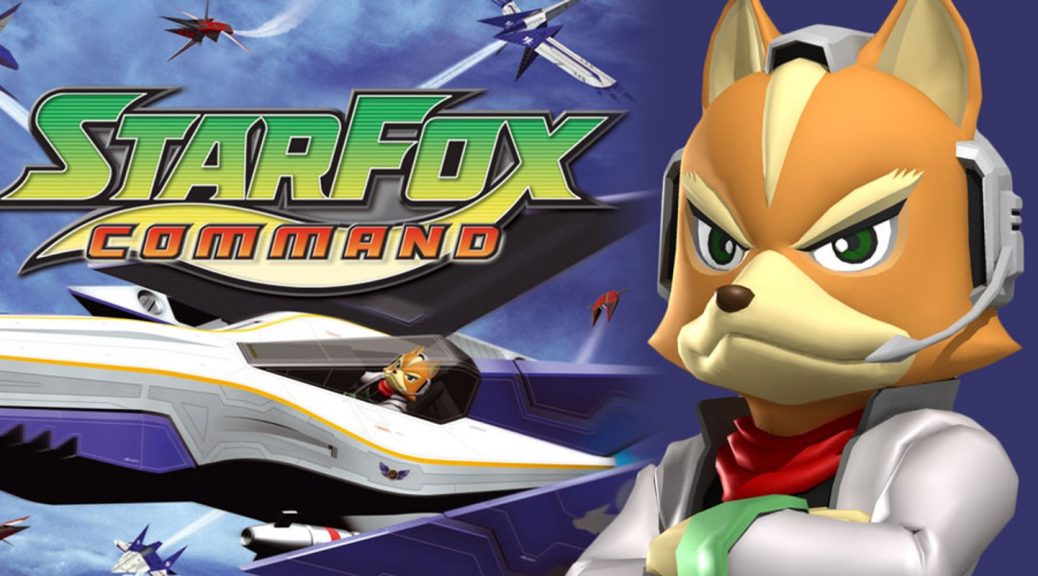
Star Fox Command
Star Fox is one of many series that hit it out of the park with their initial title(s), only to flounder without purpose or direction when it came time for sequels. It’s only gotten worse as time has passed, culminating in Command adding turn-based strategy to the accepted space shooter gameplay. Drawing out relatively complex flight paths to accommodate movement restrictions and protect your mothership is an intriguing premise, so this isn’t an inherently unwelcome system. However, it seems to have been implemented solely to give the game some unique features for the box blurb; it doesn’t actually enhance the experience in the slightest. The small map size and interchangeable characters eliminate most hints of strategy, and losing entire missions because a single missile reached the mothership is a frustratingly regular occurrence.
Both the strategy and action components suffer greatly from a lack of evolution. There are nine routes through the story, each featuring ostensibly unique levels, but the difference in gameplay between them is almost non-existent. The action segments are at least able to provide some engagement despite this. Characters actually have appreciable differences in this scenario, and there are a number of genuinely awesome moments like finishing off enemy motherships by barrel rolling into them at full speed. A space shooter where all entities are simple polyhedrons is also a very good fit for the limited 3D capabilities of the DS. Unfortunately, this game is from the era of Nintendo’s falling out with the concept of buttons, so the touch screen is expected to handle aiming and advanced movement techniques simultaneously despite the obvious conflict of interest there. The different characters are also not remotely balanced, and the hit detection is astonishingly imperfect.
Lastly, the best description I can give of the story is that it reads like fanfiction written by non-fans. It’s as if, having not played the previous games and thus having no idea what to do with these characters, the writers filled out the nine story routes with every possibility they could think of. Each ending is radically different, owing to characters’ personalities and decisions varying wildly based on only mild initial changes. And if you’re thinking, “No one plays Star Fox for the story,” then I wish you had been in the room when this game was being stuffed full of dialogue depicting Fox and Krystal’s relationship drama. Suffice it to say, Command is by no means a low-effort game, but it is misguided beyond belief. Unless we’re talking about the tacked-on multiplayer, which is almost as low-effort as it can get.